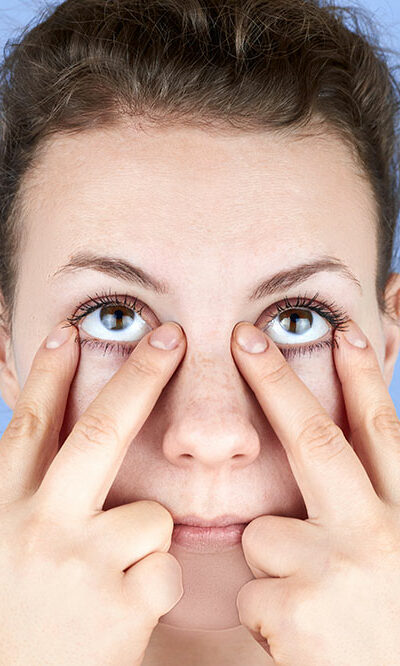
Best Diet Options for Ulcerative Colitis
The key to finding the right kind of foods for people suffering from ulcerative colitis is to look for foods that contain all the essential nutrients but would not aggravate the digestive tract. Given below a list of food items that are good to eat when you have ulcerative colitis or colitis flare-up: Soothe symptoms with salmon Salmon contains omega-3 fatty acids in high amount. It is excellent for your colon and heart health. According to a study, essential fatty acids ease inflammation. It means that salmon helps to counterbalance the inflammation caused by a colitis flare. Other food items containing a rich source of omega-3 include flaxseed oil, albacore tuna, ground flaxseed, and walnuts, which should be added to diets for colitis. Add yogurt to your meals Yogurt or any other fermented foods like miso, kefir, sauerkraut, etc. contain probiotics. Probiotics are good bacteria present in our guts and fermented foods. These bacteria are important to maintain a healthy immune system and digestion. If you eat foods that are filled with active and live cultures, they would keep optimal levels of beneficial bacteria in the gastrointestinal tract. Always buy yogurt that lists active and live culture on their contents’ list. However, you need to watch their sugar content. Go for only unsweetened and plain yogurt. You can add fruits or honey by yourself for some sweetness. Add squash to your diet for colitis Any variety of squash, be it spaghetti, zucchini, butternut or acorn, is a healthy choice. Squash contains antioxidants like vitamin C and beta-carotene. They are high in fiber as well. While antioxidants aid in repairing damage caused by inflammation, fiber keeps the gut flora healthy. However, if you feel that fiber worsens your symptoms during a flare-up then you may want to avoid eating raw squash.










